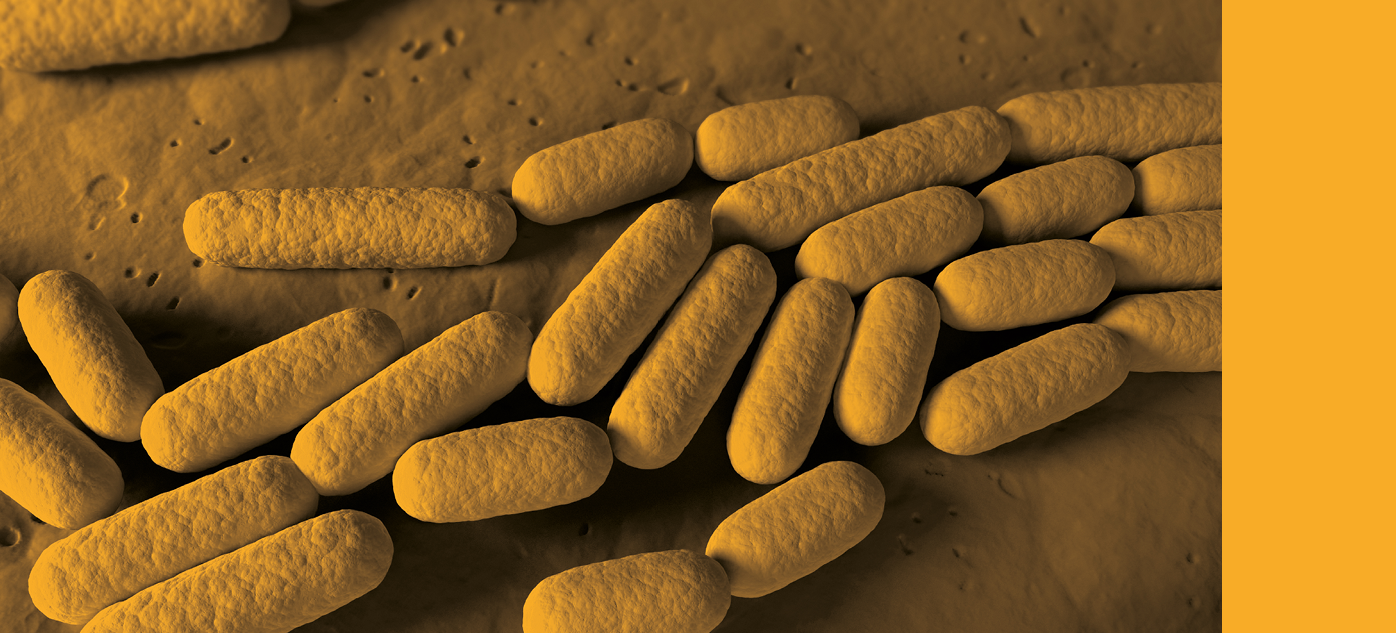From kefir to kiwi: explore new microbial discoveries
Posted on November 1, 2024 by Clare Baker
Each month, the Microbiology Society publishes the International Journal of Systematic and Evolutionary Microbiology, which details newly discovered species of bacteria, fungi and protists. Here are some of the new species that have been discovered and the places they've been found.
Our first stop in this month’s ‘New to Science’ is a double whammy: two novel species of bacteria have been identified from soil samples at Rossman Cove in Ellsworth Mountains (Union Glacier, Antarctica). Rhodococcus navarretei and Pseudarthrobacter quantipunctorum are some exciting novel microbes as they have the ability to biosynthesize fluorescent nanoparticles. Their ability to biosynthesize cadmium sulphide nanoparticles makes them promising micro-organisms for biotechnological purposes and highlights the importance of less-explored environments, such as the Antarctic, as a source.

Next up, we have two species of bacteria found in water kefir, a fermented drink made with water and water kefir grains. Our new species were isolated during a study analysing water kefir samples obtained from different countries. They’re named Bifidobacterium fermentum and Bifidobacterium aquikefiricola. Fermentum, meaning that which causes fermentation and aquikefiricola, meaning water kefir inhabiting.
Let’s go back to a common feature of ‘New to Science’ for our next microbe. Paracoccus actinidiae is a novel bacterium isolated from the rhizosphere soil of a kiwi tree. The rhizosphere soils of kiwi trees have a rich variety of microorganisms that play pivotal roles in promoting plant growth, protecting against pathogens and improving soil health so it could have exciting potential agricultural applications. While it would have been great if the colonies appeared round and green just like their fruity origins, these were actually round and orange in colour, with convex, smooth surfaces and well-defined edges.
Our next microbe was isolated from a marine sponge Diacarnus erythraeanus. The novel bacterium belongs to the genus Microbulbifer, the only genus of the family Microbulbiferaceae and has appropriately been named Microbulbifer spongiae. It comes as no surprise that a new microbe has been discovered from a marine sponge, as they are considered a valuable source of novel microbes and bacteria associated with marine sponges including an interesting source of novel-bioactive compounds with biotechnological potentials.
We love highlighting new yeast species discovered in ‘New to Science’ so let’s finish on one. Our final microbe, Yamadazyma thunbergiae, is a novel yeast species associated with Bengal clock vines and soil in Japan. The Bengal lock vines, or Thunbergia grandiflora, are a non-native species that grows in the wild on the beautiful Okinawa Island, Japan. Our yeast joins the diverse species Yamadazyma, which is found in plant, insect, soil, water, mineral and atmospheric habitats.

